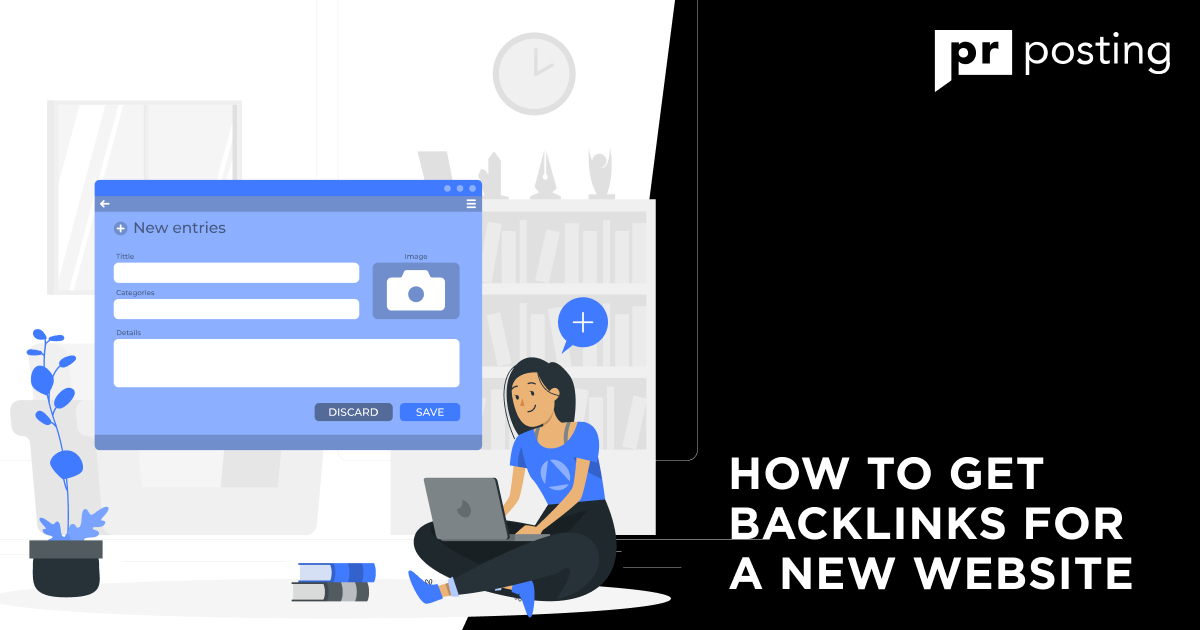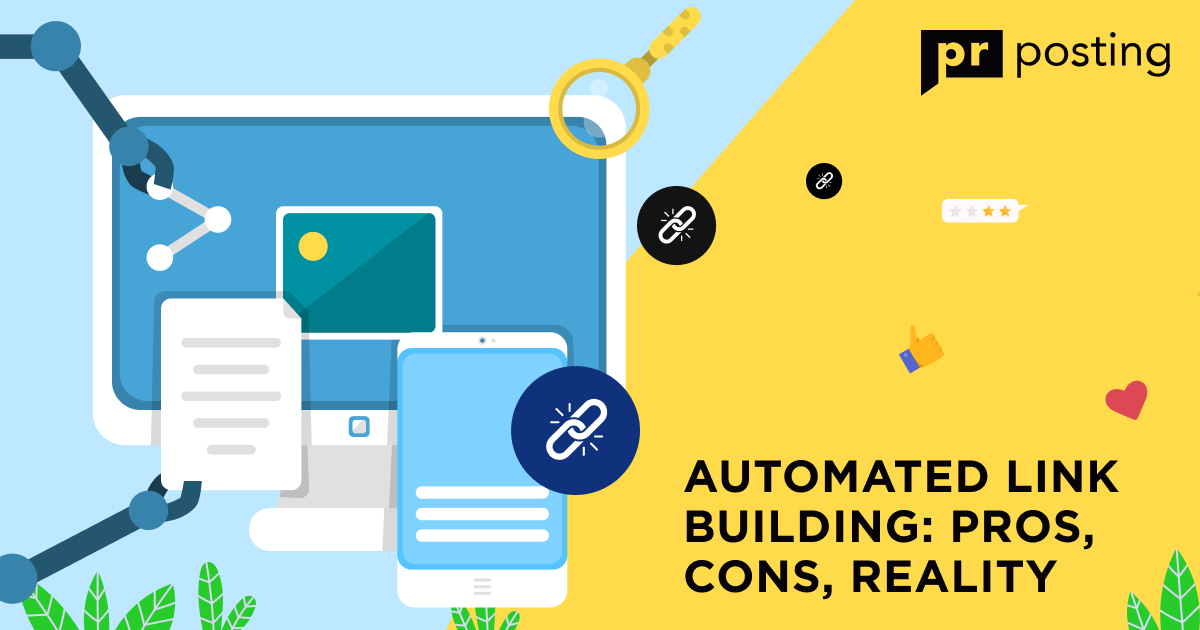Stay Safe Online with a Toxic Backlinks Checker

Toxic backlinks. These are harmful links from spam or irrelevant sites that drag your ranking down.
A toxic backlinks checker is a must-have. It helps you uncover those problem links before they start causing real trouble.
It’s a fast, simple process, yet absolutely vital for keeping your site visible to search engines. What exactly does this service do for you?
It looks over every link connecting to your site, highlights the damaging sources, and then gives you the power to choose what should be kept or deleted.
Imagine it as a cleaning tool for your website’s online presence. If you’ve asked how to find bad backlinks, begin with regular checks, thoughtful reviews, and smart use of these online services.
What Are Toxic and Bad Backlinks?
What Are Bad Backlinks and Why They’re a Problem
Bad links come from dubious, poor-quality sites. They may look okay at first glance, but they carry potential harm to your site’s ranking.
Search engines view them as signals of spam or manipulation. Too many of these links tell Google your content might not deserve trust.
That means your ranking suffers, even if your content is of high quality.
Some toxic links come from:
- Link farms or automated blogs;
- Sites with unrelated or shady content;
- Domains flagged for spam activity.
Once detected, remove or disavow them. It’s the only way to protect your site’s integrity.
How Spammy or Irrelevant Links Hurt SEO
Spammy backlinks spread like weeds. They pull attention away from your real work.
Search engines notice patterns and mark your domain as unreliable. This is why a spam backlink checker is vital.
Here’s how bad links cause harm:
- They reduce your authority score.
- They trigger Google’s spam filters.
- They drain your crawl budget on junk pages.
Cleaning them out brings clarity. Your site loads faster and ranks better.
Signs That You Have Toxic or Bad Backlinks
Wondering if you already have an issue?
Look for these clues:
- Sudden ranking drops.
- Irrelevant links from random sites.
- Unusual referral traffic spikes.
- Warning messages in Google Search Console.
If this sounds familiar, it’s time for a toxic backlinks check. Even a free bad backlink checker can reveal early problems.
Why You Need to Check Toxic Backlinks
Protecting Your Site from Google Penalties
Google penalties can appear without warning. Too many bad backlinks can trigger them fast. Once penalized, recovery takes time and effort.
By using a check bad backlink tool, you can act before trouble strikes.
Regular audits show search engines that your site plays fair. It’s about staying proactive, not panicking later.
Improving Domain Health and Ranking Stability
Healthy links keep your domain steady. A free toxic backlink checker helps monitor your progress and catch small issues early.
Stable ranking isn’t luck. It’s maintenance. The cleaner your link profile, the more trust you earn over time.
Maintaining a Clean and Authoritative Link Profile
Think of your backlinks as digital references. The good ones build your reputation. The bad ones whisper doubt.
To keep your site credible:
- Review your links monthly.
- Remove harmful sources.
- Use a backlink spam checker for safety.
A clean profile signals authority. And in SEO, authority means growth that lasts.
How to Check Toxic Backlinks
A clean backlink profile keeps your site safe and visible. Ignoring toxic links can quietly erode your ranking and trust.
Learning how to check toxic backlinks is not hard, but it does need patience.
Using a Free Toxic Backlink Checker Tool
Start simple. Use a free toxic backlink checker to scan your site. Most tools show a list of all domains linking to you.
They also flag suspicious ones with poor authority or spammy behavior.
Follow this short process:
- Enter your site’s URL in the checker.
- Wait as it scans your backlink profile.
- Review flagged domains or URLs.
- Export the results for deeper analysis.
This gives you a clear view of where the problem starts. Think of it as your first filter before doing manual checks.
How to Check for Bad Backlinks Manually
Automated tools are helpful, but they can miss context. So it’s smart to check for bad backlinks by hand. Open each suspicious link and inspect it.
Ask these quick questions:
- Is the site relevant to my niche?
- Does it have real content or auto-generated text?
- Are there strange redirects or hidden ads?
If it feels spammy or irrelevant, mark it down for removal. Manual review takes time but adds clarity.
Evaluating Link Quality with Metrics
Numbers help confirm your hunches.
Look at key metrics like:
- Domain Authority (DA)
- Page Authority (PA)
- Spam Score
Low DA with a high Spam Score often signals trouble. Use these numbers to separate genuine backlinks from harmful ones.
Keep a list of domains with poor scores, then review them again before taking action.
How to Identify and Flag Spam Backlinks
A spam backlink checker can spot obvious junk. But you can learn to see patterns too.
The Best Tools for Toxic Backlink Checks
Top Free Toxic Backlink Checkers
Here are some useful options for a toxic backlinks check:
- Google Search Console
- SEO SpyGlass
- Backlink Audit by Semrush (limited free use)
- Ahrefs Backlink Checker (basic plan)
These tools give a broad snapshot without cost. Perfect for quick checks.
Premium Tools Worth Trying
If you need detailed data, paid platforms go deeper. Tools like Ahrefs, Semrush, and Moz track backlink growth, anchor text, and spam indicators. They update faster and alert you to new risky links.
How to Choose the Right Spam Backlink Checker
Pick a backlink spam checker that fits your workflow.
Ask yourself:
- Does it update link data often?
- Can I export reports easily?
- Does it include metrics like Spam Score?
The best tool feels smooth to use and offers reliable insights. Once you find that balance, maintaining a clean backlink profile becomes second nature.
How to Remove or Disavow Toxic Backlinks
Bad links cling like stains. They drag your site’s trust down and make search engines doubt your value. Removing or disavowing them clears the mess and brings back balance.
With the right steps, you can protect your site from penalties and rebuild authority. Let’s see how.
Steps to Contact Webmasters for Link Removal
Start simple. Contact the site owner directly. Many webmasters will remove a link if asked politely.
Before writing, gather the exact URLs that contain the unwanted links.
Here is a short process to follow:
- Find the contact page or email of the linking site.
- Write a short and clear message.
- Include the link’s location and explain why it needs removal.
- Wait a few days before sending a reminder.
Keep the tone calm. Aggressive messages rarely work. If you get no reply after several attempts, move to the next step.
Keep a record of your outreach. It helps later if you must prove your removal effort to Google.
How to Use Google’s Disavow Tool Safely
Sometimes, you cannot reach the site owner. Or they ignore your request.
That’s when you use Google’s Disavow Tool. But use it carefully. One wrong entry can remove valuable backlinks.
Follow these steps:
- Create a text file listing the links you wish to disavow.
- Add one domain or URL per line.
- Go to Google Search Console.
- Upload the file under the Disavow section.
Google then ignores those links in its ranking process. It does not delete them but removes their influence. Always double-check the file before uploading. Once submitted, the change takes time to show.
Using a toxic backlinks checker helps verify which links truly need disavowal. Tools highlight spammy domains and save hours of manual work.
Preventing Future Bad Backlinks with Regular Monitoring
After cleaning up, guard your site from future damage. Regular monitoring keeps you safe from sudden link attacks or spam campaigns.
Here’s what helps:
- Run a toxic backlinks check every few weeks.
- Use alerts to spot new suspicious domains.
- Keep your link-building efforts natural and relevant.
- Avoid paid links or shady exchanges.
A free bad backlink checker can be a good start if you prefer quick scans. More detailed tools track trends and flag risk early. Prevention takes less time than repair.
Final Thoughts
Staying alert keeps your site healthy. Regularly using a toxic backlinks checker protects your reputation and shields you from Google penalties.
With monitoring and smart link management, your SEO strength grows quietly but surely. Clean links mean clean growth and peace of mind.
More Like This

How to Get Backlinks for a New Website






